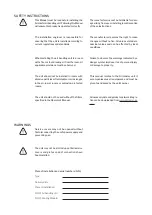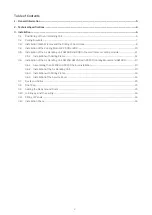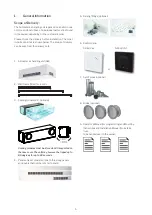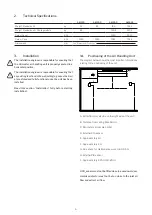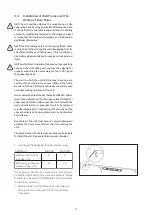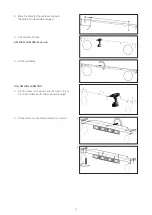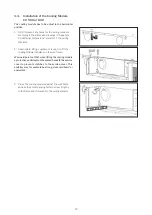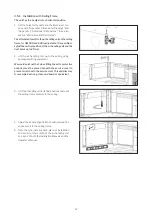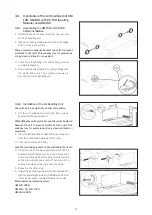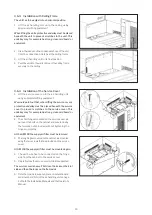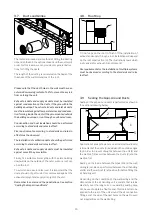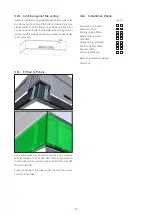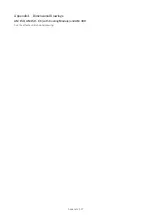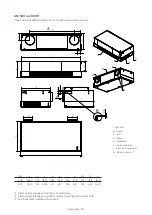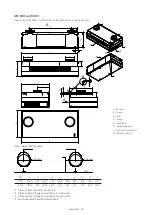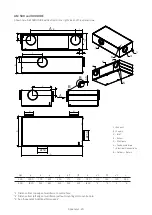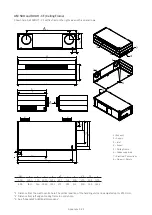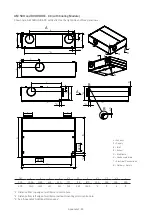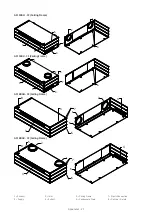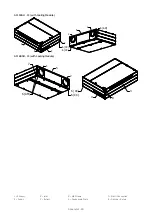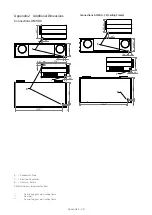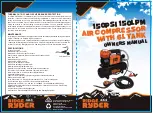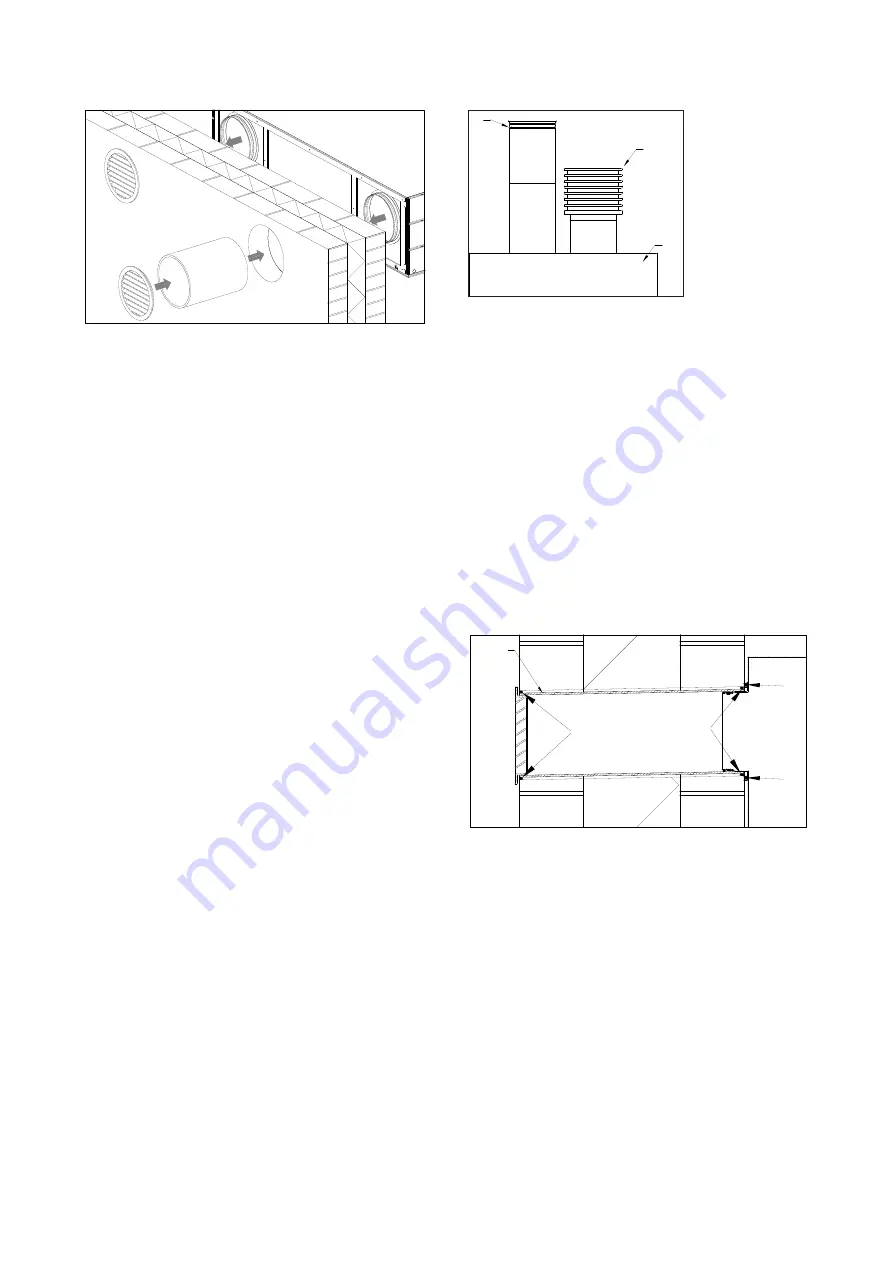
15
3.7. Ducts and Grilles
The materials needed and method of fitting the ducting
depend on the unit, the options chosen and the customer’s
order. For this reason, we can provide only general instruc-
tions for fitting the ducts.
The length of the ducting is calculated on the basis of the
thickness of the wall/dimensions of the roof.
Please note that the duct holes in the wall must have an
outward downward gradient of 1-2% to prevent heavy rain
from entering the unit.
Exhaust air ducts and supply air ducts must be insulated
against condensation on the ducts, if they are within the
building envelope. The extract air ducts and inlet air ducts
must be insulated against temperature loss and condensa-
tion forming inside the ducts if they are mounted outside
the building envelope, or run through an unheated room.
Condensation and heat insulation should be performed
according to standards and rules in effect.
Fire requirements according to standards and rules in
effect must be observed.
The installation of ventilation ducts should be performed
according to standards and rules in effect.
Exhaust air ducts and supply air ducts must be insulated
against noise if they are visible.
Finally, fit a suitable circular grille with the slats pointing
downwards on the outside of the outer wall or a roof cap
up on the roof.
To avoid an increase in noise level, it is important that the
ducts should not get twisted or compressed against the
exhaust air spigot and supply air spigot of the unit.
Remember to seal around the penetrations. See section
“Sealing the Gaps Around Ducts”.
3.8. Roof Cap
2
3
1
Fit roof caps on the roof to finish off the installation of
exhaust and supply through a roof. Installation will depend
on the roof construction (3). The illustration shows which
roof caps are for exhaust (1) and intake (2).
Fire requirements for the installation of multiple systems
must be observed according to the standards and rules
in effect.
3.9. Sealing the Gaps Around Ducts
Sealing of the gaps around ducts is performed as shown in
the sectional drawing below.
1
2
3
5
2
5
4
4
Application of a seal (shown here on a model with wall ducts)
is important at the ducts (3) indside and the outside edges
(4) in order to prevent draughts between the unit (1) and
the wall/roof (2) as well as between the ducts (3) and the
wall/roof (2).
Sealing on the inside between the pipes (3) and the wall/
ceiling (2) can also be performed between the air handling
unit (1) and the wall/roof (2) at position (5) before fitting the
air handling unit.
Depending on the condition of the wall/ceiling and the
dimensions of the air handling unit, a sealant that retains
elasticity over the long term or expanding sealing tape
can be used to obtain a flexible seal. This material is to be
applied to the rear of the unit around the air connection
fittings, or at the side of the duct holes on the wall to even
out irregularities on the wall/ceiling.


